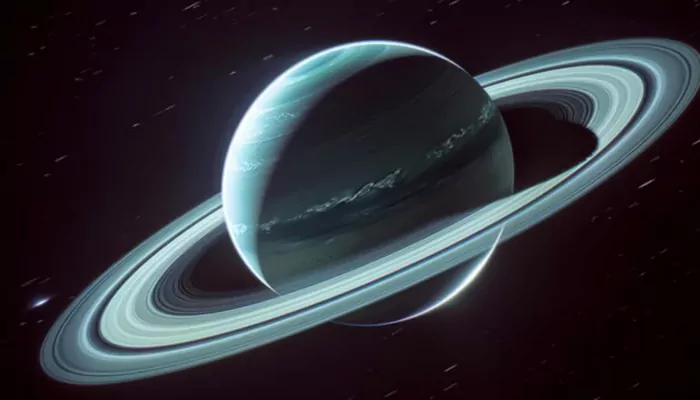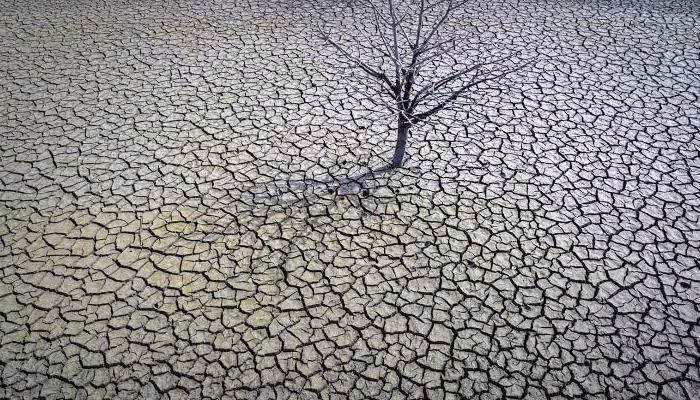
Here are today’s most important updates from the realm of Science and Space.
K2-18b is a super-Earth located 124 light-years away in the constellation Leo. It is approximately 2.6 times the diameter and 8.6 times the mass of Earth, orbiting a cool red dwarf star within the habitable zone. At the University of Cambridge, Nikku Madhusudhan and his colleagues claimed in April that they found hints of the molecules dimethyl sulphide (DMS) and dimethyl disulphide (DMDS) in the atmosphere on K2-18b using the James Webb Space Telescope (JWST) data. But, recent research shows no conclusive evidence of these molecules. However, all researchers agreed that the planet is rich in water. Strong evidence for the presence of methane and carbon dioxide was also found. It implies the existence of water.

Researchers used data obtained from NASA's James Webb Space Telescope (JWST) to analyse carbon dioxide (CO2) detected on eight mid-sized satellites of Saturn, including Mimas, Enceladus, Tethys, Dione, Rhea, Hyperion, Iapetus and Phoebe. Researchers have identified four distinct types of trapped CO2 on these satellites. CO2 on inner satellites like Dione and Rhea is associated with amorphous ice sourced from Saturn's E-ring and dark material on their trailing hemispheres. On the other hand, CO2 on outer satellites like Phoebe is produced by irradiation of organics, which is then transported to the dark regions of Iapetus and Hyperion. The CO2 gas is also trapped within water ice on Iapetus and Hyperion. Scientists believe that Saturn's moons provide an "ideal laboratory" for studying this trapped CO2, which would allow them to examine objects under similar conditions.

Satellite observations spanning nearly two decades reveal the world is losing freshwater at an unprecedented rate. As global patterns of precipitation, evaporation, and streamflow continue to shift, terrestrial water storage (TWS), which includes all forms of water stored on land such as ice, snow, surface water, canopy water, soil moisture, and groundwater is also undergoing rapid changes. Since 2002, 75% of the population lives in 101 countries that have been losing freshwater. Four large mega-drying zones across the Northern Hemisphere include:
Northern Canada
Northern Russia
Southwestern North America and Central America.
A huge region stretching from North Africa through Europe, the Middle East, Central Asia, to northern China and parts of South and Southeast Asia.
This major impbalance in the global water cycle could have detrimental effects on the health of the planet as climate change is set to worsen it.

A groundbreaking study has revealed that babies as young as four months old are capable of forming memories, despite being unable to recall them later in life. Researchers used brain scans to capture memory formation in 26 infants, ranging from 4 to 24 months old. The study found that the hippocampus, a region of the brain associated with emotions and memory, is active in babies when they form memories. The study found that older infants (12-24 months) exhibited activity in the orbitofrontal cortex, a region involved in memory-related decision-making and recognition. This suggests that infants can create memories after brief experiences, with clearer effects after 12 months. The findings support the idea that people store memories as infants that they can't access later.